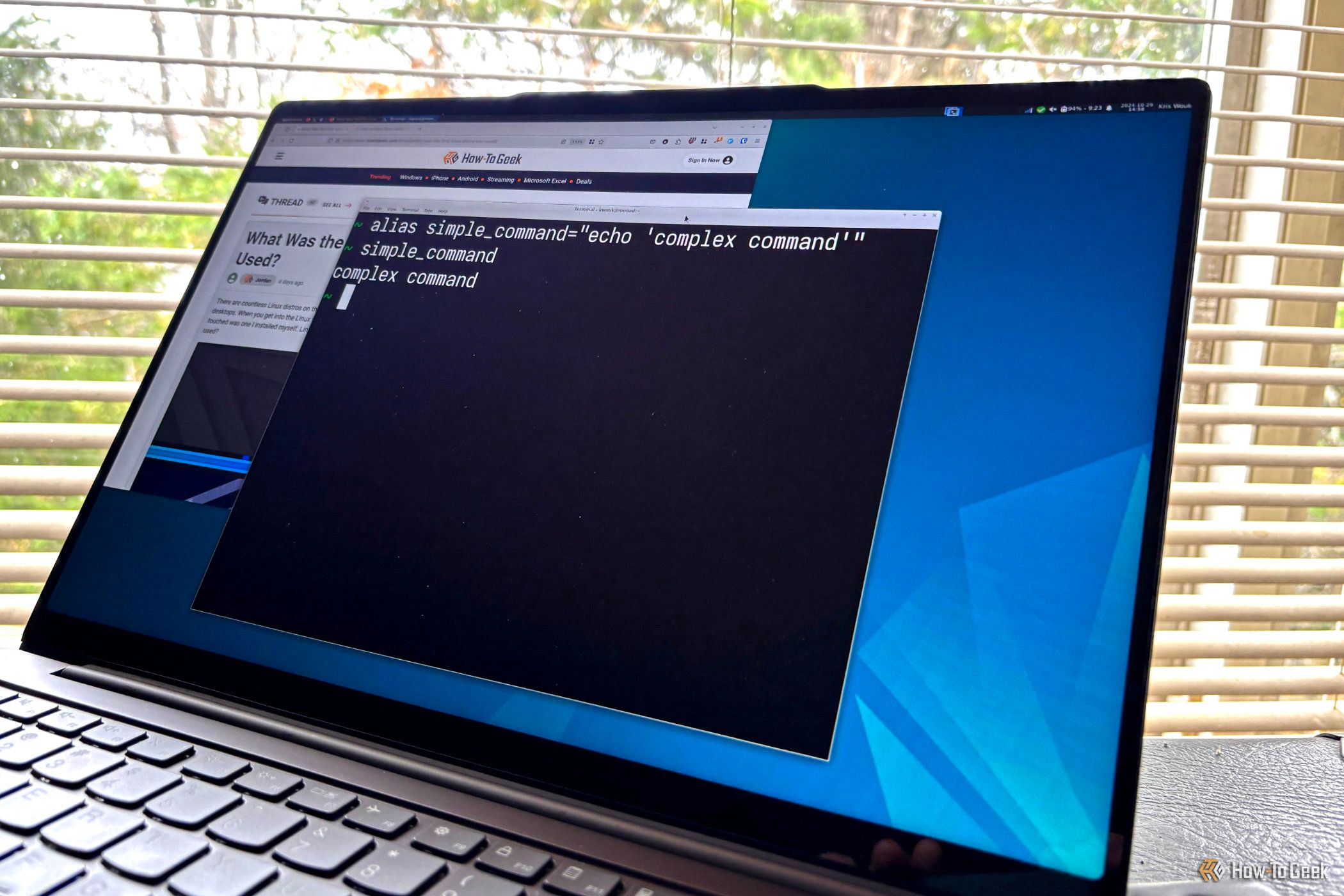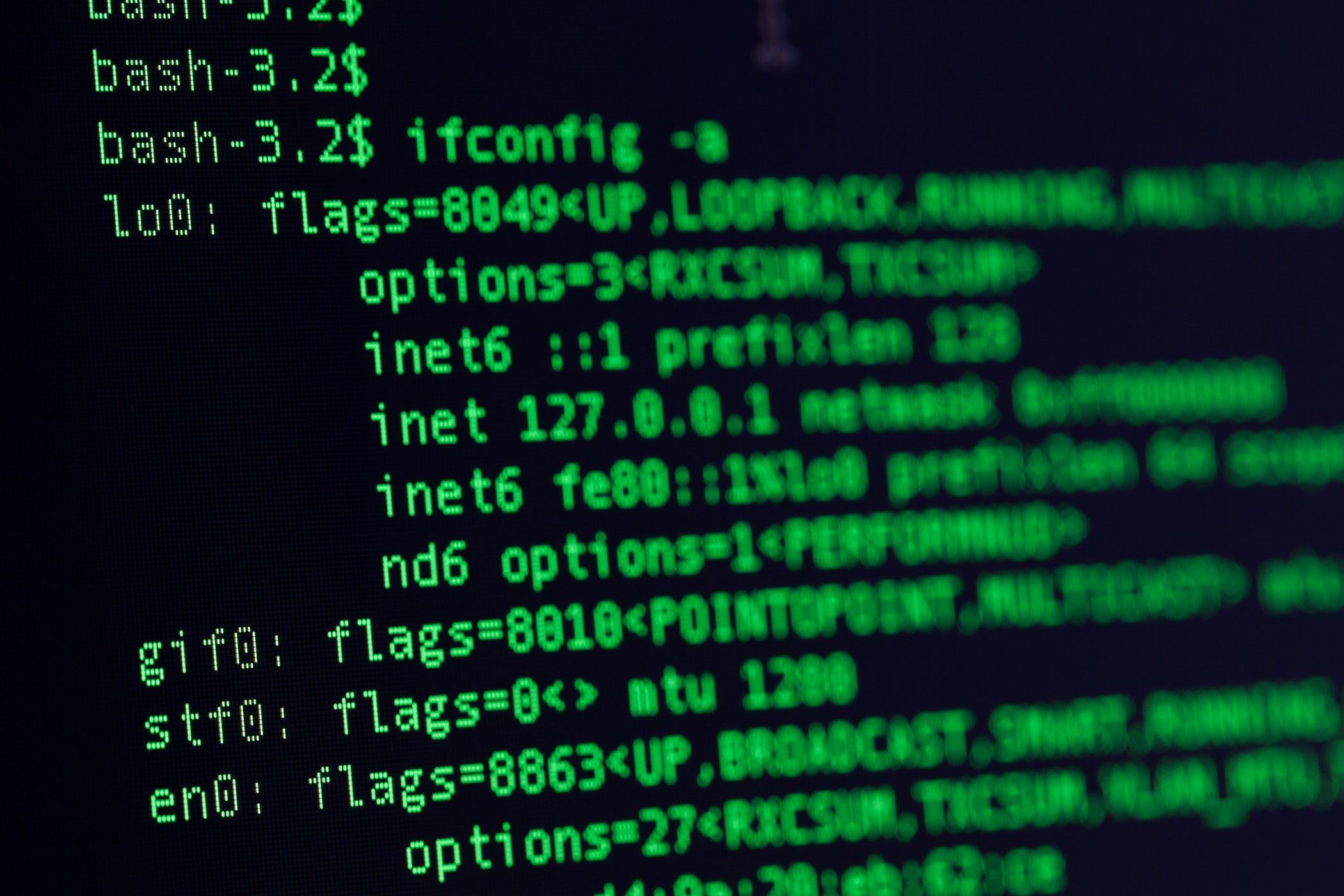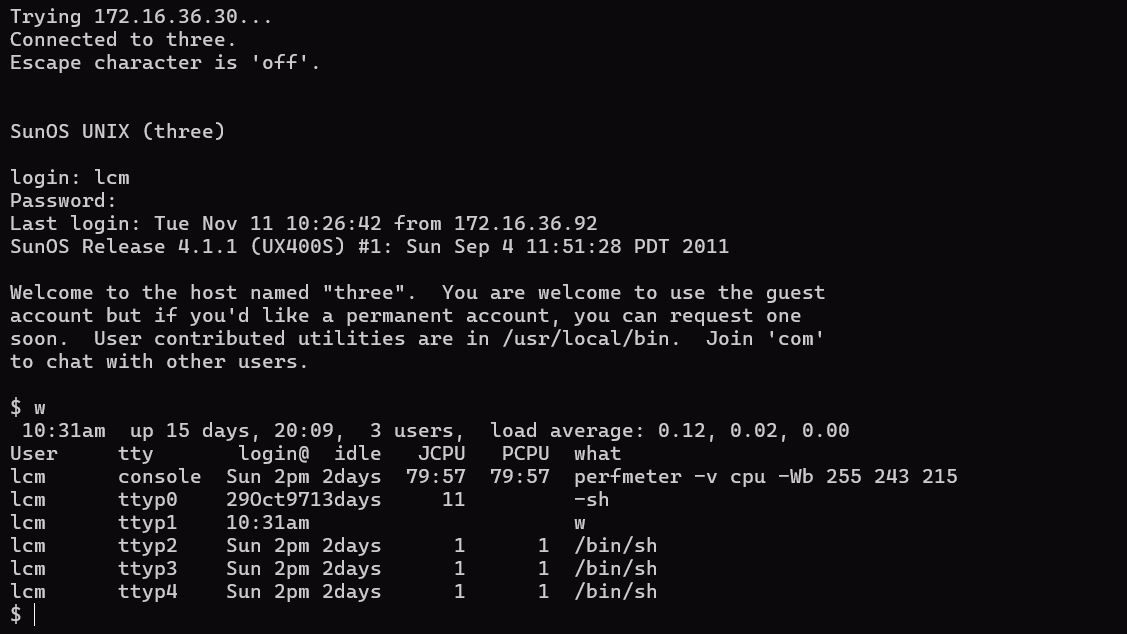People in the ’80s Thought Unix Would Take Over. Here’s Why They Were Right
Linux & macOS Terminal
Key Takeaways
- Unix’s growth in the ’80s was driven by its portability and its populararity in academia and on workstations.
- Business acceptance of Unix grew but faced challenges from Windows NT and conflicting standards.
- Despite Unix’s decline, its concepts live on in modern tech like Linux servers and smartphone operating systems.
In the ’80s, Unix was making its way out of the research labs and universities and into the real world. Some observers thought that Unix would seriously challenge the dominance of MS-DOS. How did their predictions hold up?
Why Unix Was Growing in the ’80s
If you had watched PBS in the ’80s, you might have tuned into a program called “The Computer Chronicles,” which showed developments in the day’s computing. One 1985 episode on Unix speculated that it might become “the standard operating system of the future.”
Many observers in the tech industry thought that Unix could be a serious challenger to IBM’s dominance of the computer field. Why was that?
Unix’s Popularity in Academia
In the 1980s, Unix was widely popular in universities and research labs, similar to how Mac computers, based on a flavor of Unix, are today. This was largely historical. When interest in the system began to grow following the publishing of a journal article in “Communications of the ACM” in the 1970s, AT&T, Bell Labs’ parent, was under a consent decree. The decree prevented AT&T from entering any businesses other than phone service.
They were allowed to sell academic licenses of the system that included source code for a nominal fee. Many university computer science departments took them up on the offer. One was at UC Berkeley, where Bill Joy and other students modified the code and added their utilities to create the Berkeley Software Distribution or BSD. They later added TCP/IP networking to enable Unix machines to join what would become the internet.
Across the Bay at Stanford, Andy Bechtolsheim developed the Stanford University Network computer, or SUN, the first desktop machine that could rival the minicomputers that Unix ran on previously.
These developments would pave the way for the growth of workstations and networking mentioned later.
Portability
One feature that drove interest in Unix was its portability. Unix was originally developed on the Digital Equipment Corporation PDP-7, then moved to the PDP-11, then it was ported to many different kinds of computers. What made this possible was that the Unix kernel was written in C, also a portable language.
This meant that developers could write an application on Unix and C and have it work on many machines easily. This meant less work for the developer in an era where one person might have an IBM PC, another might have a Commodore 64, and someone else might have an Apple II.
Workstations
Driving the interest in Unix in the ’80s were workstations: powerful desktop computers dedicated to technical tasks such as software development and CAD/CAM. Unix workstations were on the desks of many scientists and engineers through the ’80s and ’90s. Major manufacturers of Unix workstations included Sun Microsystems, HP, and Silicon Graphics. The latter was perhaps most familiar to moviegoers, as the company’s workstations were widely used for CGI and prominently featured in movies like “Jurassic Park.”
Growing Business Acceptance
Outside of technical markets, Unix systems became more accepted on personal computers in business as PC hardware got more powerful with the introduction of the Intel 386 CPU. In businesses, these would often be “turnkey” vertical applications for specific industries such as medical or dental practices, or cash registers. Other business Unix systems would have typical business applications such as spreadsheets or word processors, but designed to be shared by multiple users.
Business Unix systems would often have multiple users sharing one machine simultaneously using terminals. In the late ’80s, Unix was a serious competitor to the upstart OS/2, according to InfoWorld, as with a DOS emulator it could run multiple DOS applications at once, something that early versions of OS/2 couldn’t do.
Challenges to Unix
Despite the growth of Unix systems, Unix had some roadblocks to wider acceptance that would eventually create an opportunity for Linux to take over.
The Unix Wars
In the late ’80s, Sun Microsystems and AT&T began a joint effort to merge BSD with System V, AT&T’s version of Unix that they had commercialized following the breakup of the Bell System. Both companies saw the lack of standardization as a barrier to Unix adoption.
Other vendors were alarmed by this development, fearing that the two companies would dominate Unix, so HP, DEC, and other vendors started their own standardization effort. They called this effort the Open Software Foundation. AT&T formed Unix International in turn.
The rival standards organizations, combined with all the customizations that other vendors put in their own systems, confused potential customers.
Arrival of Windows NT
Microsoft took advantage of the confusion in the Unix market with Windows NT. Unlike Unix, there was only one version of NT. It had the familiar Windows interface. It also ran on multiple architectures, the way Unix did. Most importantly, it ran popular business applications, including Microsoft Word and Excel. This was attractive to a lot of businesses over Unix and OS/2.
Arrival of Linux
Finally, the biggest challenger to traditional Unix was Linux. Linus Torvalds introduced his kernel onto Usenet in late 1991, and developers combined it with GNU utilities to build complete, free operating systems. Linux distributions spread through the computing community to pick up where the original Unix left off.
Ways Unix Did Take Over
Despite the decline of the original Unix, many ideas live on in modern technology.
According to W3Techs, about 53.4% of web servers run Linux, which has concepts based on the original Unix, but without any original code. Linux servers are also popular in the enterprise, where they’ve displaced older Unix machines due to their low cost and ability to run enterprises’ custom Unix apps they’ve developed in-house with few changes if at all.
Unix ideas also dominate developer mindshare. Many developers learn to code on Linux systems, and take this knowledge into the real world when they build apps you use today.
Even if you don’t use a Unix or Linux system on your desktop, you most likely have one in your pocket. Most modern smartphone OSes, including iOS and Android, are rooted in some form of Unix. So in the end, a Unix takeover predicted in the ’80s really did come to pass.

















